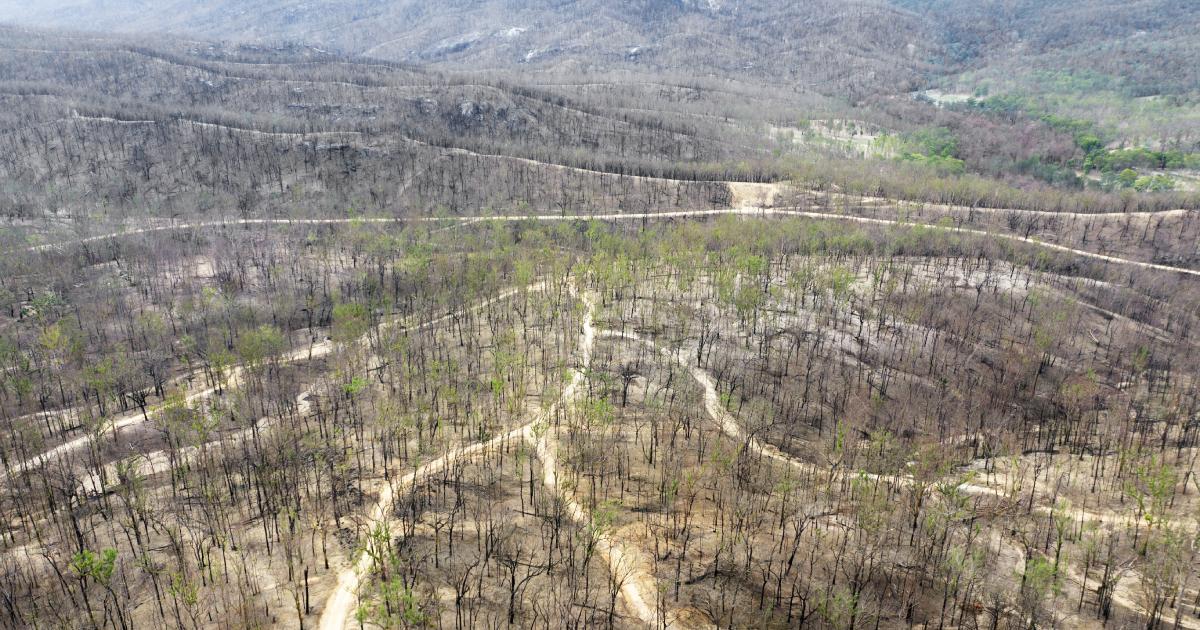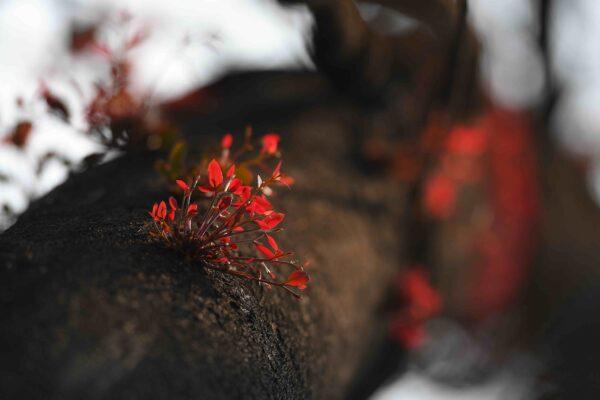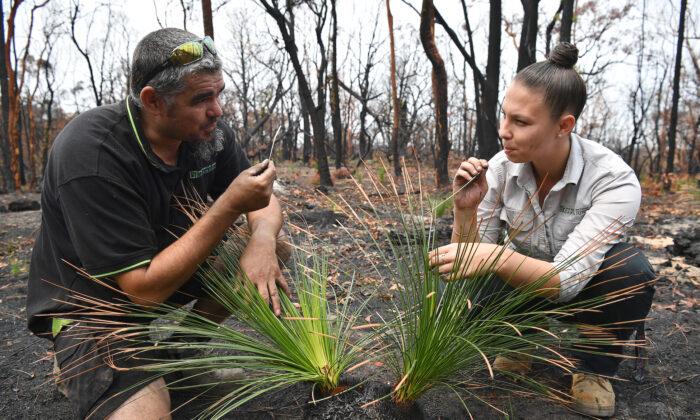An Indigenous burn practitioner on Jan. 15 urged Australia’s state fire policymakers to “cut the stringent red tape” and “get the bush between their toes” as his people begin to assess the damage caused to their country following the devastating bushfire season.

The practitioner, who joined the NSW Rural Fire Brigade in 1997 but left in 2003 and became a cultural burn practitioner, said that while there was widespread devastation, the area had fared better than others.
Johnson subscribes to the belief that the land can be managed using indigenous burning and mitigation techniques.
“That’s where science meets cultural burning. I now focus solely on putting the right fire on country.” Johnson said.
He said that although he understands the need for environmental and hazard reduction burns regulation, the current red tape is too stringent and urged policymakers to become better attuned to the country.
“They'll stop you burning because of an orchard or a tree or a plant on a property,” he said.
“But then they do nothing about it—you can’t mitigate the risk. When a wildfire comes through, it doesn’t discriminate—it takes everything out.
“The environmental assessment process that all people have to abide by, those safeguards need to be there, but they need to understand there needs to be another way,”
The practitioner urged policymakers not to “just look at a book that you studied at university” but to “get out into the bush, feel the bush, they need to get the bush between their toes, smell the smells, listen to the sounds. Connect to that bush.”
“That will give you a better understanding of what that bush needs. Not a piece of paper, not a university degree,” he added.
Assessing the damage to the bush in Kulnura, Johnson said “70 percent of the biodiversity of the flora” has been lost. He estimates it will take 18 to 24 months for the land to recover.
Already trees are beginning the process of renewal while others have been completely decimated and some that were 400 years old had been hollowed out.

But the practitioner said that the disaster “needed to happen to cleanse the bush because it was so sick out there” and that “people in certain circles saw coming.”
“Everything was already sick. You couldn’t walk 10 meters in some spots, (the fuel load) was that thick,” he said.
However, it added that the hot climatic conditions sustained by both the climate drivers are likely to linger in the first quarter of 2020, with days “likely to be warmer than average, and night times also likely to be warmer than average.”






Friends Read Free